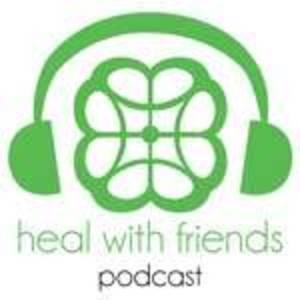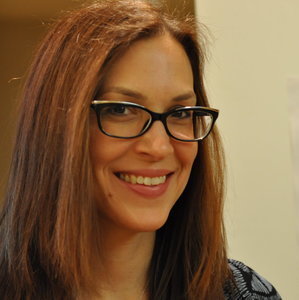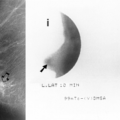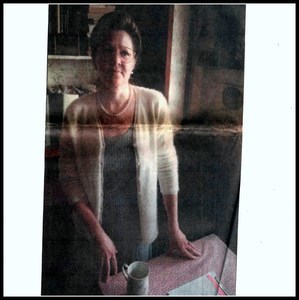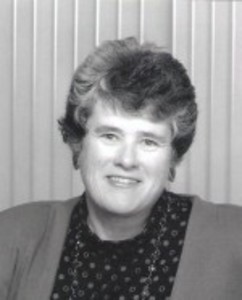Endometriosis affects millions of women worldwide, inducing unimaginable pain and suffering. On average, it takes 7-9 years to diagnose. Once diagnosed, the treatment options for this disease are limited, not always effective and sometimes downright dangerous. There are few endometriosis specialists, less than a hundred worldwide, and very little research funding; leaving women and their families to manage this disease on their own.
In our first Heal with Friends podcast on Fearless Parent Radio, I interviewed our very own Dr. Philippa Bridge-Cook, researcher, writer, endometriosis survivor and fierce endometriosis advocate. Dr. Bridge-Cook walked us through the ins and outs of recognizing and diagnosing endometriosis, the latest research, and treatment options.
For this second podcast, we have brought in two remarkably talented women who are using non-invasive treatment protocols to help patients manage the pain and other symptoms of endometriosis, and perhaps even to reduce the disease progression of endometriosis and other inflammatory disease processes. Erin Luyendyk and Dr. Leslie Wakefield. Dr. Bridge-Cook rejoins the conversation as a patient, having utilized the protocols and services of both our guests with success.
Heal with Friends Podcast Guests
Erin Luyendyk, RHN is a Registered Holistic Nutritionist, Nutrition Educator, Raw Chef and founder of Nutritionista, and contributor to Hormones Matter. As an endometriosis survivor herself, Erin has developed a passion and expertise in nutrition for women, using integrative nutrition to help manage endometriosis, polycystic ovarian syndrome and premenstrual syndrome. She consults with private nutrition clients and health professionals internationally. In her latest post for Hormones Matter, Erin writes:
Endometriosis lesions are like little inflammation factories, pumping out inflammatory cytokines like tumor necrosis factor and interleukins that can cause debilitating pain and scar tissue. The foods we eat contain the building blocks with the potential to fuel both inflammatory and anti-inflammatory states. The everyday food choices we make can help shift the balance to calm down the metaphorical fire, whereas eating the wrong foods will tip the scale against us and throw gas onto the flames. Why would we choose to keep eating foods that just make us feel sick, miserable and make an already bad situation even worse?
Dr. Leslie Wakefield MS, PT, CSCS, is a doctor of physical therapy specializing in Women’s Health and Pelvic Rehabilitation. She is the owner of Wellsprings Health, a holistic therapy clinic in Hollywood, Florida, and Director of the Miami Clear Passage clinic. Dr. Wakefield also writes for Hormones Matter. In describing her patients and practice, Dr. Wakefield writes:
As a women’s health physical therapist specializing in pain and scar tissue, I frequently see patients in clinic with intense, often debilitating pain caused by endometriosis. These women have often tried every treatment made available to them: surgery to cut adhesions and remove endometrial growths, hormone treatments, and symptom control (usually in the form of strong pain killers, anti-nausea, anti-depressant, and anti-anxiety medications). Despite these interventions, some patients report continued or even worsening pain. In the worst cases, their quality of life has been disrupted to the point of suicidal thoughts.
How does it get so bad? It has to do with the chronic inflammation that endometriosis causes wherever it resides in the body.
In chronic inflammation such as endometriosis, this scarring process continues, continuously building scars, or adhesions, that are not needed by the body. As these adhesions form they can limit normal mobility of organs and connective tissue, put pressure on pain sensitive structures, and disrupt the function of the tissues they restrict.
The manual therapy employed by Dr. Wakefield and other specialists like her can reduce the adhesions, increase mobility, decrease inflammation and the pain associated with it.
Heal with Friends Podcast Topic
The question we ask in this podcast: “Are there non-invasive treatment possibilities that can help endometriosis patients manage their pain and other symptoms?” Listen in and find out what we learned.
Non-Invasive Treatments For Endometriosis – Episode 56
About Heal with Friends
The Heal with Friends podcast, along with our companion social health site of the same name, Heal with Friends, are about finding health together. It does not matter if you are physician, researcher, parent, or patient, we want to hear from you and learn from your health experiences. When you join the Heal with Friends network, you can share your stories, your ideas, your hard learned and lived wisdom about health and illness. Together we can find solutions to complex health issues.
About Fearless Parent
The Fearless Parent network, is an “innovative online media platform that’s ahead of the pulse for today’s thinking parent.” Like us, they believe in bucking conventional wisdom, in asking the hard questions. Fearless Parent Radio is the ”thinking person’s daily dose of unconventional, evidence-based news about health, wellness, green living, and holistic parenting choices.”
Tune in, join the conversation, and follow us for monthly shows on topics that matter to you.
